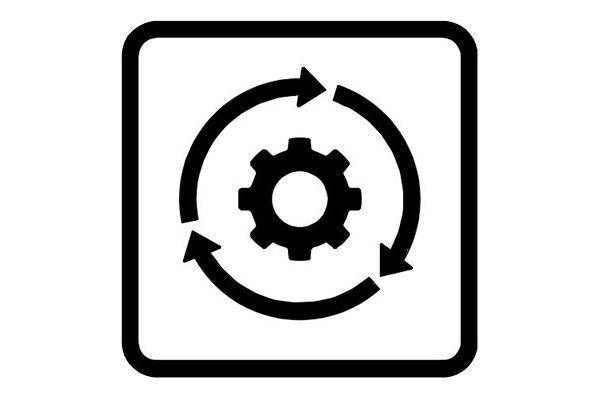This is a concept which allows to apply the Ascianan concept of “timing” in a minimal degree. Basically, it consists of designing gestural sequences that avoid ending with a cheating action.
Here are two examples from “La depuracion constante de lo mismo”:
– The control using a bluff pass, in which once you have recomposed the deck (cheating action) you continue with a fan, thus achieving that the spectator imagines his card more or less in the middle of said fan, hinted to by the supposed thickness of the previously cut packet.
– Turning over a card on the table after a top change. The top change needs to be covered with a second degree of misdirection, doing the sleight in the edge of the shadow zone. But thanks to the continuing action, which here consists of the hand returning towards the deck by turning over the card on the table, it seems like both hands always remained in view of the spectator.
In the top change of Dai Vernon, the hand comes back to pick up the cardcase, which results in something absolutely genius.
Another example, which might be easier to follow by reading, is the addition of a palmed card on a packet of face down cards. Generally, one puts their hand (which is palming a card) on the packet and spreads the cards out, leaving the palmed card behind on top of the spread.
However, continuing that action by touching the spread two more times, slightly spreading some of the other cards a bit more, one achieves a much cleaner and deceptive sequence.
Source:
Gabi Pareras (2012) : Arturo de Ascanio – The ever-going refinement of the very same

